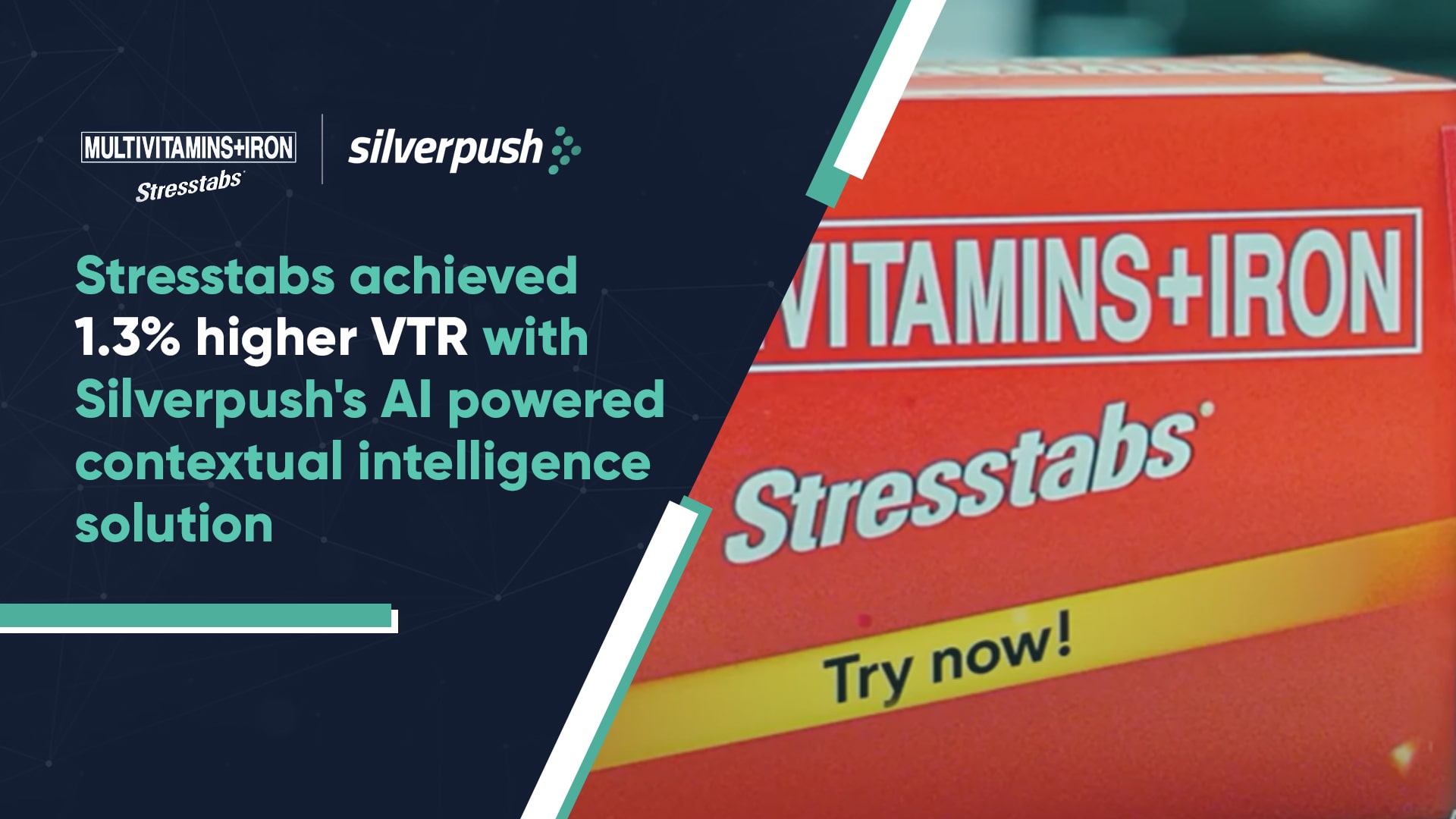UK Programmatic Advertising Spending & Trends in 2024
PUBLISH DATE: 18 June 2024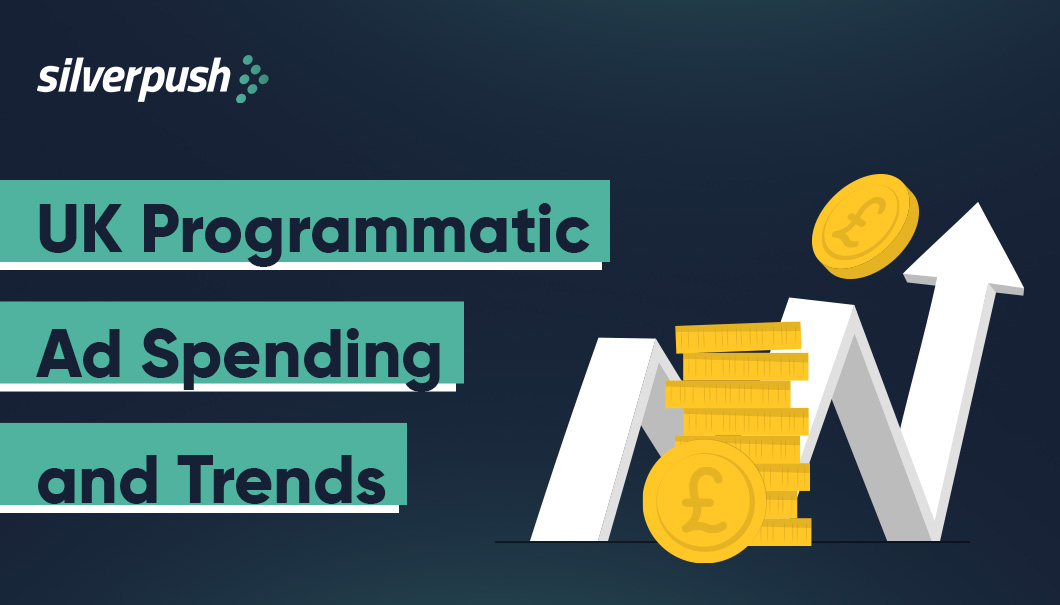
In 2023, programmatic advertising spending in the UK reached roughly £30.6 billion. The programmatic display advertising market is projected to grow by 12.6% in 2024, bringing it to within just four percentage points of becoming fully programmatic. This highlights how integral this technology has become to the UK ad industry. On the other hand, mobile programmatic ad spending increased at a similar rate of 12.7%. However, Connected TV (CTV) advertising is expected to outperform both, growing by 20.7%, which is 8 percentage points higher.
Programmatic is dominating the market. More than four out of every five (85%) British pounds is conducted programmatically, and this proportion is projected to grow in the coming years. This trend holds substantial global importance.
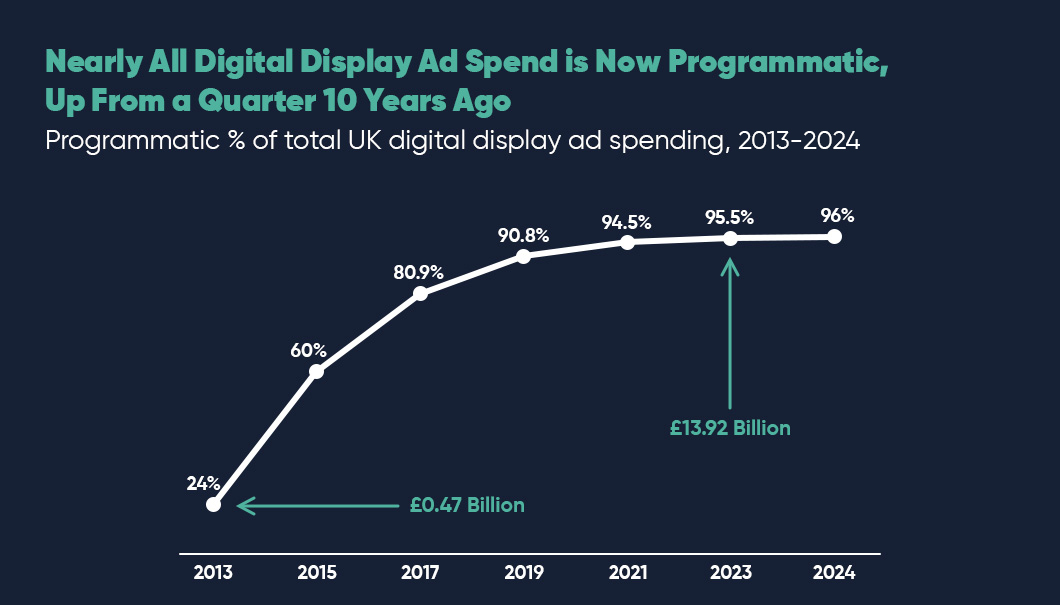
What is Programmatic Advertising?
Programmatic advertising refers to the automated buying and selling of online advertising space, utilizing software and algorithms to facilitate the process. Unlike manual advertising, which depends on negotiation between publishers and marketers, programmatic buying leverages technology to purchase ad space efficiently.
The UK, being one of the largest digital ad markets worldwide, boasts a high programmatic uptake, making it the third-largest programmatic ad market globally. With programmatic ad revenues reaching approximately 38 billion USD in 2023, the British market is surpassed only by the United States and China.
Here are the key aspects of programmatic advertising:
- Automation: Unlike traditional ad buying, which involves manual processes and negotiations, programmatic advertising uses automated systems to purchase ad space. This makes the process faster and more efficient.
- Real-time Bidding (RTB): One of the most common forms of programmatic advertising is real-time bidding. In RTB, ad impressions are bought and sold in real-time auctions that occur in milliseconds before a webpage load for a user. This allows advertisers to bid for ad space based on the user’s profile and the likelihood of the ad’s success.
- Data-driven: Programmatic display advertising relies heavily on audience data to target ads. Advertisers use data from various sources, including user demographics, behavior, and interests, to ensure their ads reach the right audience at the right time.
Notable Key Trends in Programmatic Advertising in 2024
1. CTV Advertising
CTV is becoming one of the main focal points for UK media buyers. A global survey indicated that 85 percent of marketers expect to increase their CTV ad spend in 2024 as viewers switch from cable and satellite to over-the-top (OTT) video content. (Source: Statista)
2. Advanced Integrated AI and Machine Learning Support
The integration of advanced AI & ML is transforming the programmatic ads industry, redefining the conception & inclusion of Ad campaigns. These cutting-edge technologies can now analyze vast quantities of data with remarkable speed and accuracy, significantly enhancing advertiser’s ability to comprehend & predict consumer behavior. With the capabilities of AI & ML, advertisers are able to optimize their campaigns dynamically. Through this process, the delivery of highly targeted & personally relevant advertising experiences is possible for every consumer.
3. Cookieless Advertising
Among the evolving trends in programmatic advertising, the shift away from cookies is particularly unpredictable. Google’s planned discontinuation of cookie support has been a topic for years. Initially set for the second quarter of 2022, it was delayed to 2023, and now it has been postponed again to 2025, giving advertisers more time to adapt.
Third-party cookies play a crucial role in various advertising functions such as targeting, frequency capping, measurement, and attribution. With the impending phase-out of cookie support by Google and other platforms, alternative solutions are necessary.
Proprietary data offers a wealth of valuable insights for advertisers, including user preferences and purchasing patterns. This data opens up numerous possibilities and can be leveraged in several ways, such as:
- Expanding the scope of user data.
- Addressing registration obstacles.
- Enhancing audience segmentation and contextual targeting.
4. Programmatic Digital Out-Of-Home Will Reach New Heights
In 2024, programmatic digital-out-of-home (pDOOH) advertising is expected to grow significantly. Spending on pDOOH ads is projected to increase by 57% from 2023 to 2028, reaching $15.53 billion. This growth shows how effective and innovative pDOOH advertising has become. Most marketers trust pDOOH because it provides a safe environment for brand messages. Two out of three marketers believe it ensures brand safety. Brands that can make memorable and eye-catching ads for pDOOH will benefit the most. These ads should be personalized, interactive, and immersive to attract and engage audiences effectively.
5. Various Forms of Advertising in the Programmatic World
In 2024, the integration of AI in creative optimization will become more prominent. Artificial Intelligence tools will leverage data to tailor ad creatives in real time, ensuring that users see the most relevant and engaging formats. Expect to see a rise in video formats and in-app ads, providing a direct connection to customers during their most engaged moments. Dynamic creatives will elevate personalization to new heights, adapting ad content in real time based on user behavior and preferences. This innovation has the potential to revolutionize conversion rates.
Ready to integrate the latest UK programmatic advertising trends into your 2024 marketing strategy? In the UK, programmatic digital display ad spending will account for 96.0% of the overall digital display market this year, highlighting its dominance in sectors like e-commerce. Innovations such as cookieless marketing, personalization, and AI-powered solutions are transforming how businesses market and convert customers. To achieve your business goals and leverage these new technologies, connect with us now!
Beyond the Horizon: Forecasting Major Shifts in 2024’s Video Ad Landscape
PUBLISH DATE: 06 December 2023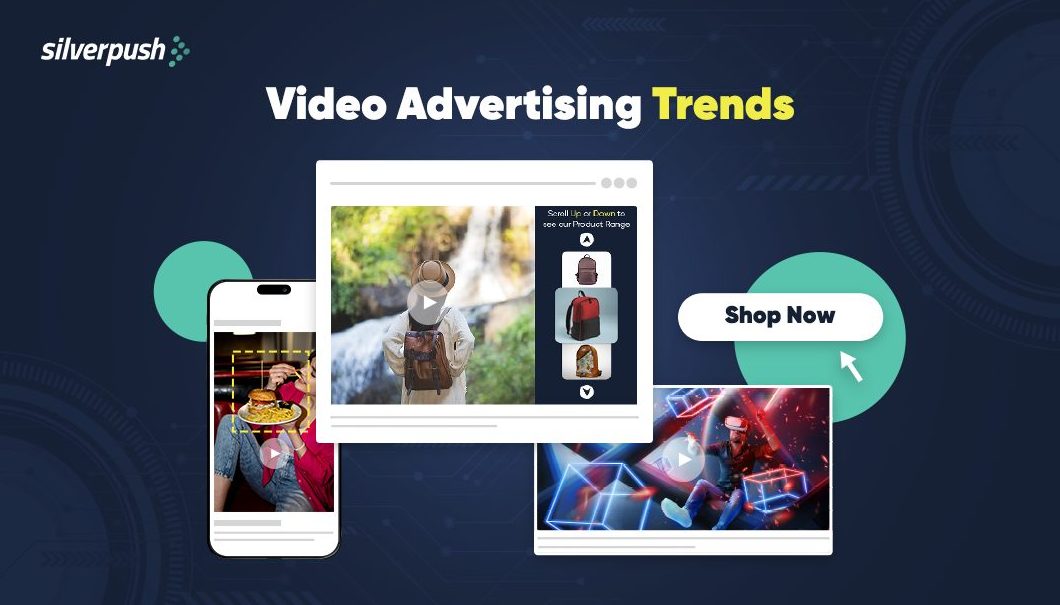
Video advertising has emerged as a pivotal element in the domain of content marketing strategy. Whether it’s a concise 30-second ad, an interactive campaign, or captivating live footage, integrated videos within your content stand out as a highly favored and efficacious means to captivate your audience.
Remarkably, video content is the preferred choice for 80% of individuals compared to traditional written text, and an impressive 87% of businesses are already using it as a potent marketing tool.
Research underscores that a compelling 88% of consumers have been swayed by marketing videos to make purchases of products and services. The undeniable power of video highlights the significance of grasping the latest trends in video marketing to maintain a competitive edge in 2024.
This blog aims to comprehend the trends that will shape the video advertising industry in 2024 and beyond. From the ascent of AI-powered advertising to the escalating importance of personalization, these video ads trends are bound to redefine how marketers engage with their audience and orchestrate successful video ad campaigns.
Top Video Advertising Trends for 2024

1. Growing Integration of AI in Video Advertising
The landscape of video advertising is swiftly evolving with the increasing integration of Artificial Intelligence (AI). Anticipate a surge in businesses adopting AI to produce and disseminate video content. With AI’s remarkable capacity to analyze extensive datasets rapidly, advertisers can:
- Enhance their understanding of the audience
- Fine-tune ad delivery
This approach ensures that the right message reaches the appropriate audience at the optimal moment. This, in turn, facilitates the creation of more compelling and pertinent video content that resonates with the target audience.
For instance, generating videos featuring available or customized avatars, where text input is the sole requirement. This proves advantageous for cost-effective video marketing when in need of a character but faced with constraints in time or resources for large-scale video production, employing text-to-speech, or automated voices.
Additionally, AI’s role in programmatic advertising is assuming a pivotal role. Fueled by AI algorithms, automated ad purchasing and placement will restructure the industry through real-time bidding and ad optimization. This results in more efficient ad campaigns with heightened conversion rates. In 2024, Artificial Intelligence is not merely a passing trend but a transformative force poised to reshape the video advertising industry.
2. Augmented Reality & Virtual Reality
The year 2024 will witness a paradigm shift in video ads through the integration of Augmented Reality (AR) and Virtual Reality (VR). AR advertising overlays digital elements in the real world, creating an interactive platform for crafting captivating campaigns.
These ads enable users to seamlessly merge the virtual and physical realms, fostering deeper engagement and memorable brand interactions. Conversely, VR advertising immerses users in entirely digital environments, providing a distinctive storytelling medium suitable for product demonstrations and brand narratives.
The ability to create immersive ad experiences holds the potential to captivate audiences, setting your brand apart from competitors in a landscape where traditional video advertising methods might no longer be as effective.
This innovative approach pledges to deliver campaigns that are not merely viewed but profoundly experienced by consumers. As the future of video advertising veers towards interactivity, the AR and VR advertising wave signals that your business is leading the way in innovation and adopting superior business practices.
3. Contextual Advertising for Enhanced Relevance
Contextual advertising remains a significant tool for marketers in 2024. Global spending on contextual advertising is projected to reach $227.38 billion in U.S. dollars in 2023, and this figure is anticipated to more than double by 2030, reaching an estimated $562.1 billion.
The United States stands as the world’s largest contextual advertising market, with a market value of approximately $65 billion in 2022. This type of advertising places ads based on the surrounding content, resulting in a smoother and less disruptive ad experience.
Amidst rising ad blocking and privacy concerns, contextual advertising offers a solution that respects user preferences while delivering relevant content. As user expectations for personalized advertising increase, marketers can anticipate more of this approach.
To thrive in contextual advertising, marketers must meticulously align their ads with the context to enhance the user experience. This trend strongly emphasizes quality content and strategic placement over sheer volume. This can be achieved by researching and understanding the target audience, as well as identifying the most relevant keywords and phrases to include in the ads.
4. Short-Form Video Content: A Dominating Force
In 2024, short-form video ads are projected to dominate video advertising, accounting for a significant portion of ad spend. Advertisers are likely to capitalize on the format’s effectiveness in conveying concise yet impactful messages. The brevity of these ads aligns seamlessly with the reduced attention spans of today’s audiences, making them a powerful tool for brand communication.
In 2023, programmatic short-form video ad spending is expected to reach a staggering $12 billion, a 50% increase from the previous year. This explosive growth isn’t just a fleeting trend; it’s a fundamental shift in how consumers engage with video.
This shift has profound implications for 2024’s video ad landscape. Expect to see an abundance of short-form video ad formats, optimized for mobile viewing and lightning-fast storytelling. Programmatic platforms will adapt, providing granular targeting and real-time analytics to help brands reach the right audience with the right message at the right micro-moment.
5. Shoppable Ads
Shoppable ads are an innovative format that allows viewers to purchase products directly from video ads. By incorporating eye-catching product imagery alongside video ads, brands can inspire viewers and direct them to specific product pages on their website, creating a seamless path to purchase.
According to Think with Google, brands that utilize product feeds in their video action campaigns achieve over 60% more conversions at a lower cost. Video action campaigns can help scale video ads automatically across various platforms, including the home feed, watch pages, connected TV, and search. They utilize machine learning to drive conversions and provide valuable attribution insights.
To implement shoppable ads, brands can attach a product feed from the Google Merchant Center. This allows viewers to browse products directly within the video ad and seamlessly navigate to the corresponding product pages on the brand’s website for purchase.
Wrap Up
In conclusion, the video advertising industry is up for a significant shift in 2024 and beyond. The integration of AI, AR, and VR will reshape how brands engage with their audience and create captivating ad experiences.
Contextual advertising remains a valuable tool, while short-form video content and shoppable ads will gain prominence. By utilizing these video industry trends, marketers can effectively capture attention, drive conversions, and establish a competitive edge in the ever-evolving world of video advertising.
The Rise of Programmatic Advertising: Top 5 Trends Shaping the Industry
PUBLISH DATE: 28 February 2023
Want to know where programmatic advertising is headed? Check out the blog which talks about the top 5 programmatic advertising trends to keep an eye on, including the rise of connected TV, the importance of privacy and transparency, and more.
Programmatic advertising has revolutionized the world of digital marketing by utilizing automation to buy and sell digital ad space. This approach has replaced the traditional manual process that relied on human interaction and negotiation between publishers and marketers.
The use of data-driven strategies has enabled programmatic advertising to streamline and accelerate ad buying processes, resulting in increased campaign efficiency.
Recent estimates indicate that programmatic advertising generated 418 billion U.S. dollars in 2021 and is projected to reach 725 billion by 2026. Given these impressive figures, it’s natural to wonder if programmatic advertising is the future of advertising.
To answer this question and stay up-to-date with the latest trends, let’s take a closer look at the new trends in programmatic advertising.
5 Recent Programmatic Advertising Trends
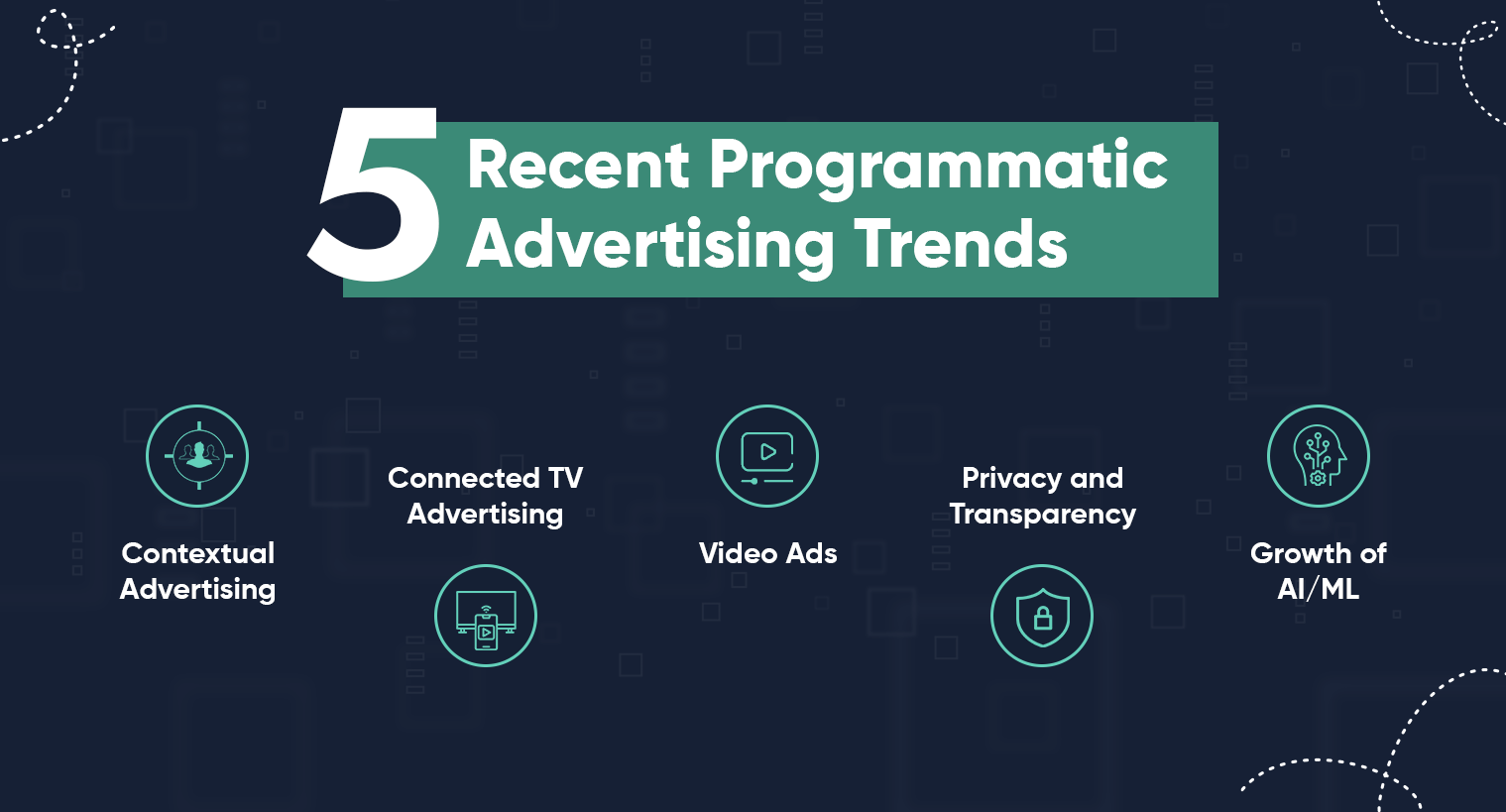
1. Contextual Advertising Stands Strong
Contextual targeting is a straightforward yet powerful method of advertising that continues to be a key programmatic trend to watch, particularly in light of the decline of cookies. In digital advertising, contextual targeting is becoming increasingly important as ads are placed based on the context of the website, rather than relying on a user’s online behavioral data.
With contextual targeting, advertisers can reasonably assume that those who see their ads are more likely to be interested in them due to the web page’s context. As users have grown weary of seeing irrelevant ad creatives in inappropriate locations, banner blindness has become more prevalent. To address this, advertisers must enhance the ad experience by using personalized and relevant ads in the right context, thereby improving engagement and driving better results.
Also read: https://www.silverpush.co/blogs/what-is-programmatic-advertising/
2. Connected TV Advertising Continues to Grow
Connected TV usage among millennials is expected to grow from 60.5 million monthly users in 2022 to 62.6 million by 2025.
Prior to Covid, 76% of U.S. households had at least one connected device, with a total of 12.5 billion use hours per month. Following the pandemic, this figure increased by 81%, resulting in 4 billion hours of CTV use every week.
As a result, buyers are planning to allocate more of their advertising budget to CTV in 2023, with IAB reporting that ad spend is being reallocated from broadcast (53%) and cable TV (52%) advertising to CTV.
This makes CTV one of the most intriguing programmatic advertising trends to watch in 2023. Advertisers must pay close attention to the procurement process, methods, and measurements that need to be reevaluated in response to this trend. Although CTV advertising is still in its early stages, those who adapt and stay ahead of the curve will benefit from the rewards.
3. Video Ads
The popularity of video content continues to soar, with video consumption expected to account for 82% of consumer internet traffic this year. As a result, video ad spending is projected to increase year after year. In 2021, programmatic video advertising spending in the United States reached an estimated 52.17 billion U.S. dollars, and this figure is expected to grow even further to reach 74.88 billion dollars by the end of 2023.
Notably, video advertising is considered to be the most impactful format for high-impact display ads, contributing to the growth in programmatic video spend. Given that programmatic video spending is expected to represent the majority of total programmatic digital display spending in the US this year, it’s clear that automated video ad buying has become the standard approach for distributing digital video commercials.
4. Growing Need for Privacy and Transparency
As privacy and transparency become top priorities, marketers must adapt to a world without third-party data. With the rise of new privacy laws like GDPR and the California Privacy Act, traditional tracking methods are no longer viable. While advertisers can still obtain user data with their consent, relying solely on tracking cookies to target and personalize ads is no longer an option. The recent moves by Apple, Firefox, and Google to end third-party cookie support further emphasize the need for innovative and reliable workarounds in programmatic advertising. At this critical juncture, it’s time for marketers to prioritize transparency and build trust with their audiences by adopting new, privacy-first strategies.
5. Use of AI/ML Rapidly Expands
The rise of Artificial Intelligence and Machine Learning (AI/ML) is revolutionizing programmatic advertising by enhancing targeting, optimization, and prediction capabilities. By leveraging AI algorithms, brands can now automate and optimize their ad-buying process to ensure that their messages reach the right people at the right time.
As AI and ML technologies continue to advance, programmatic advertising platforms are incorporating these tools to improve ad targeting, creative optimization, and budget allocation in real time. With AI/ML-driven automation, brands can create personalized experiences for each customer, as seen in Overstock’s successful implementation of AI for individualized customer experiences. The increasing use of AI/ML in programmatic advertising is paving the way for more efficient and effective ad campaigns, providing brands with a competitive edge in the digital marketing landscape.
Conclusion
Programmatic advertising is an ever-evolving field that requires constant attention and adaptation to stay ahead of the curve. From the growing need for privacy and transparency to the increasing use of AI and Machine Learning technologies, these five programmatic advertising trends are transforming the digital advertising landscape. As programmatic advertising continues to evolve, it’s crucial for brands to stay up-to-date on the latest trends and developments. By doing so, they can ensure that their advertising campaigns remain relevant, engaging, and effective in today’s rapidly changing digital marketing landscape.


